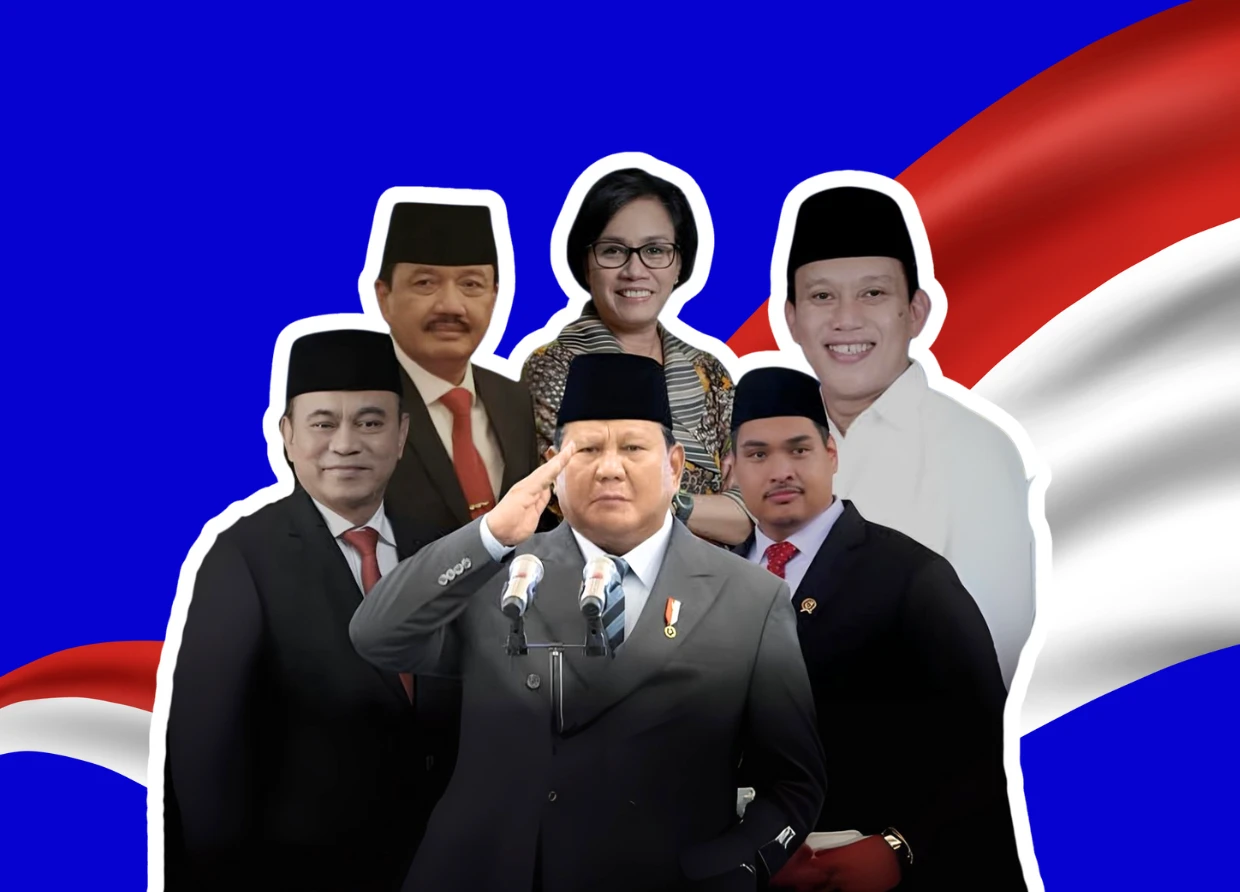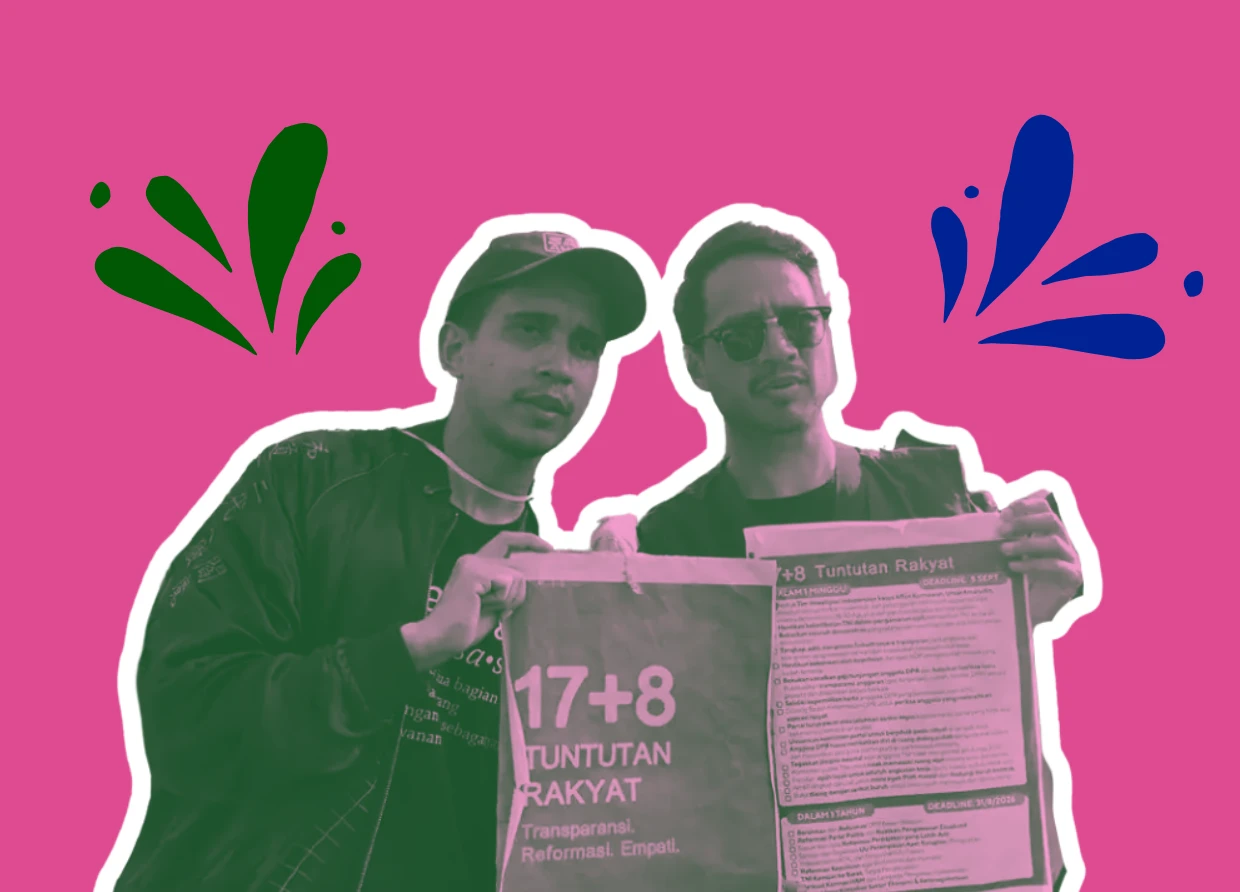THE GOLD MINES FROM EAST: WHAT DO YOU KNOW ABOUT TELUK BINTUNI?
Teluk Bintuni is recorded to become the highest GRDP in Indonesia. The number even beats all the districts on Java.

You might think that the richest region in Indonesia is placed in Java. However, it is untrue! Teluk Bintuni (Bintani Bay) from West Papua is the richest region in this country.
It covers an area of 18,637 square kilometers, comprising administrative districts on both sides of Teluk Bintuni, a gulf which separates the Bird's Head Peninsula and Bomberai Peninsula, which form the main geographical constituents of the province; it had a population of 52,422 at the 2010 Census, and 87.083 at the 2020 Census. The administrative center is in the town of Bintuni.
Teluk Bintuni is recorded to become the highest GRDP in Indonesia. The number even beats all the districts on the island of Java.

The parameters of the richest districts are based on the latest data released by the Central Bureau of Statistics (BPS) in 2018. The level of prosperity of a city or district is measured through the per capita income indicator, which is calculated from the gross regional domestic product (GRDP) divided by the total population.
From these parameters, Bintuni Bay is the most prosperous district in the country. This district has a per capita income of Rp457.55 million/year, and the difference is quite far from Anambas Regency (Rp401.86 million), which is in the second position.
But you need to underline. The most prosperous district here does not mean that the entire population will be prosperous. This is because per capita income does not show an even distribution of income. It could be that this prosperity is concentrated in a small layer of the population because they control the economic resources in the area.
The abundant natural wealth coupled with the relatively small total population of Teluk Bintuni makes this district have a high GRDP per capita. The upper class or the top 20% group has an average expenditure of Rp3.1 million/person/month in terms of population expenditure.
The secret of its prosperity
Teluk Bintuni has beautiful scenery and a myriad of abundant natural resources, especially the oil and gas sector. This region is known to have huge natural gas reserves. Tangguh LNG carries out the exploration and exploitation.
Tangguh LNG itself is a mega-project that builds an LNG plant in Teluk Bintuni, West Papua, to accommodate natural gas from several blocks around Teluk Bintuni, such as the Berau Block Wiriagar Block, and Muturi Block. Tangguh LNG complements the existing gas refineries in Indonesia, namely at LNG Arun, Aceh and LNG Bontang, East Kalimantan.

Currently, the natural gas potential in this region reaches 30 trillion cubics/day. The Teluk Bintuni Regency Government stated that it would continue to develop this natural gas potential through Tangguh LNG, which has entered the construction of train 3.
Besides being rich in natural gas, this area is also endowed with big oil and coal reserves. The processing, oil and gas, and mining industries are some of the most dominant sectors contributing to the nominal GDP figure.
There is the construction of the Onar Village industrial area for fertilizer and petrochemical development, as well as the Kasuri Block concession developed by Genting Oil.
Teluk Bintuni also produces shrimp and crabs. Within a year, Teluk Bintuni can supply up to 2 million tons of shrimp and crab to Jakarta and export to several countries, such as Malaysia, Singapore, China, and Japan.
They have a large mangrove forest
In the forestry sector, Teluk Bintuni has a mangrove area, the largest nature reserve after Arizona in Brazil. In 1980, the mangrove forest in Teluk Bintuni was proposed by the World Wild Foundation (WWF) to be included in a nature reserve.

According to the Law on Spatial Planning, in the development of nature reserves, this area is included in a strategic area, namely Law Number 26/2007. By increasing conservation-based development because mangroves are important for carbon trading. A total of 1.4 hectares of the mangrove forest area in Bintuni was developed into an ecotourism area.
Indigenous peoples on the coast of Teluk Bintuni live from mangrove forests which have economic and ecological benefits—for example, maintaining the coastline and the habitat of marine life, such as crabs, shrimp, fish, shellfish, tambelo caterpillars.
It can be said that mangrove forests are useful for supporting people's livelihoods. This most prosperous district also boosts the quality of human resources and develops agricultural equipment from traditional to modern.
In terms of education, 97.56% of the population in this wealthiest district can read and write. The majority of the residents of Bintuni Bay also own their own houses. BPS data states that 63.88% of the houses are self-owned. The Early Detection and Treatment (EDAT) system was developed to eliminate malaria and was recognized by the United Nations in the health sector.
The story of Teluk Bintuni, which became the most prosperous district, is a portrait of regional development.
#THE S MEDIA #Media Milenial #teluk bintuni #the richest city in indonesia



























